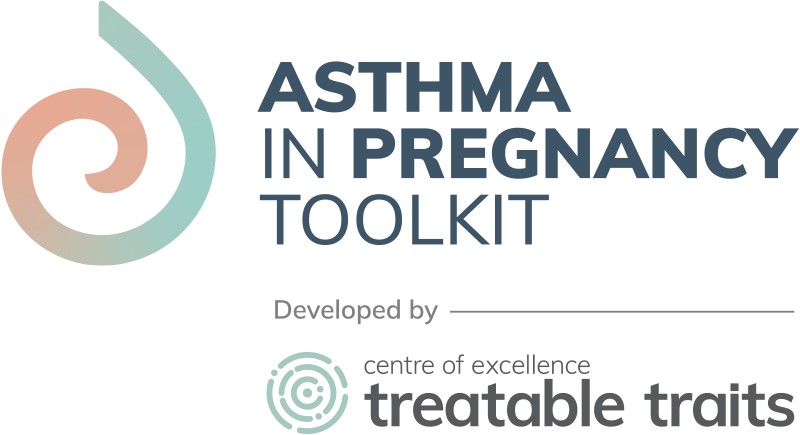Key messages
- Allergic and non-allergic rhinitis should be treated in accordance with general guidelines for non-pregnant women.
- Pregnancy rhinitis is a specific problem, and can be more difficult to treat. Nasal saline washings, exercise, and mechanical nasal alar dilators are recommended.
Pregnancy rhinitis is a very common condition, affecting ≥30% of pregnant women. There are many drugs are currently available for treatment of rhinitis, however allergic rhinitis treatment during pregnancy represents a challenging issue. Treatment includes patient education, irritant or allergen avoidance, and pharmacotherapy.
Medications used for the treatment of rhinitis include intranasal corticosteroids, antihistamines, anticholinergic agents, decongestants, and leukotriene receptor antagonists. No adverse effect has been found towards either the pregnant women nor fetus using any of the recommended treatment strategies for rhinitis.
The 2020 Rhinitis Practice Parameter (Dykewicz et al. 2020) contains the following information about the safety of rhinitis treatments during pregnancy:
- Treatments to avoid in pregnancy: intranasal triamcinolone, intranasal decongestants, oral decongestants (Dykewicz et al. 2020)
- Treatments considered safe to use in pregnancy: other intranasal corticosteroids (particularly budesonide, mometasone, fluticasone), nasal saline, oral antihistamines (particularly cetirizine, loratadine)
Treatment of pre-existing rhinitis is similar to treatment in the non-pregnant population – avoiding triggers and using nasal corticosteroids and anti-histamines (Pfaller et al. 2022). Intranasal corticosteroids have a safety profile comparable to inhaled corticosteroids and are considered first line therapy (Gilbert et al. 2005, Gluck and Gluck 2005). A 2016 systematic review found no high quality studies available on rhinitis treatment during pregnancy. Consequently, this review provided expert panel recommendations such as the use of nasal corticosteroids for chronic rhinosinusitis maintenance therapy (Lal et al. 2016). Budesonide has a large amount of reassuring safety data when used as an inhaler for asthma, and as a result is often chosen if starting intranasal corticosteroids in pregnancy for the first time (Namazy and Schatz 2016).
While anti-histamines are not as effective as nasal corticosteroids for the relief of nasal congestion and postnasal drip in particular, they can be used in pregnancy, particularly second generation drugs with less sedating and cholinergic side effects, such as loratadine and cetirizine (Namazy and Schatz 2016). Saline washes can also be used for allergic rhinitis in pregnancy with a small randomised trial of 45 women showing efficacy for symptom improvement and a reduction in use of antihistamines (Garavello et al. 2010). When used in combination, an intranasal antihistamine spray and nasal steroid provide greater symptomatic relief than monotherapy.
In pregnancy-induced rhinitis, nasal corticosteroids have not been shown to be effective. Nasal decongestants give good temporary relief, so pregnancy rhinitis sufferers tend to overuse them, giving an additional rhinitis medicamentosa. Elevating the head while sleeping, nasal saline washings, exercise, and mechanical nasal alar dilators are safe general means to relieve nasal congestion, but the ultimate treatment remains to be found.
In general H1-antihistamines have not been linked to increase risk of congenital malformations, although differences between congenital adverse effects of antihistamines exist. Loratadine or cetirizine should be preferred as they have the longest safety-records (Middleton et al. 2020). The use of leukotriene receptor antagonist montelukast might have limited effect on asthma control, and there is a lack of data concerning the effect on the fetus.
Resources
TGA Prescribing medicines in Pregnancy Database (Australia): includes definitions of Australian medicine categories and a medicines Database search.

